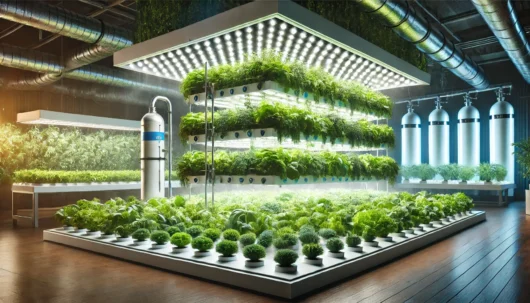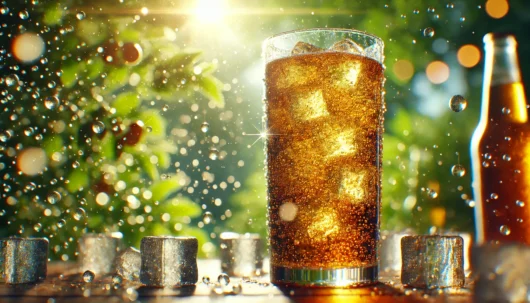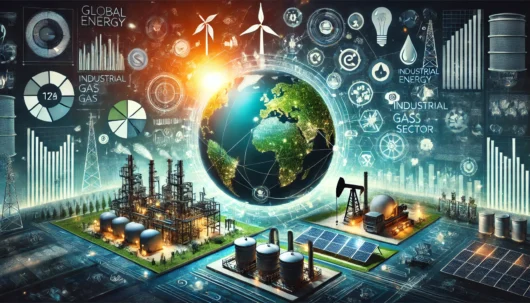Carbon dioxide (CO2) is a key ingredient in the beverage industry, integral not only for carbonation but for various aspects of production and dispensing. As you explore the role of beverage-grade CO2, you’ll find that its applications are critical to the quality and safety of the products you enjoy. Beverage-grade CO2, a high-purity form of carbon dioxide, meets stringent standards to ensure it is safe for consumption. Its purity is essential, as it directly affects beverages’ taste, consistency, and shelf life.
Furthermore, CO2 in beverages extends beyond simply adding fizz to your soda or beer. In the realm of CO2 applications, beverage-grade carbon dioxide plays a pivotal role in packaging and dispensing systems, contributing to maintaining the integrity of the beverage from production to consumption. Properly managed CO2 ensures that the product remains free from contamination, preserving the drink’s flavour and safety.
Moreover, the beverage industry relies on the consistent quality of CO2 to maintain operational efficiency and to meet consumer expectations. Also,purity levels, typically at a minimum of 99.90%, are rigorously controlled, with beverage-grade CO2 undergoing thorough testing. This level of attention to detail in handling and distribution guarantees that the carbon dioxide in your beverages is both quality and compliant with relevant health regulations.
Production and Sourcing of Beverage Grade CO2
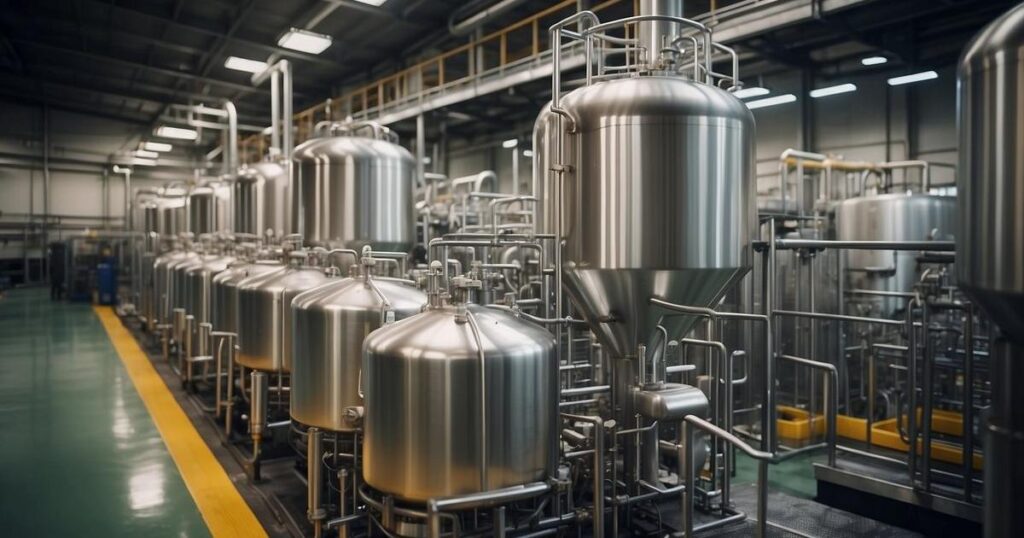
In the beverage industry, CO2 is essential for carbonation and enhancing product quality. Understanding the production and sourcing process, including quality control and compliance with standards, is crucial.
Quality Control in CO2 Production
The production of beverage-grade CO2 involves stringent quality control measures. Your CO2 supplier should operate ISO-certified labs to monitor for impurities affecting beverage taste and safety. Common impurities like benzene or volatile hydrocarbons must be minimised. Each batch of CO2 should be accompanied by a Certificate of Analysis (COA) to ensure it meets the required purity criteria.
Sourcing and Purification Process
Beverage-grade CO2 can be sourced from various processes, including fermentation, ethanol production, and petrochemical production. During sourcing, CO2 undergoes multiple stages of purification. Filtration systems remove particles, while chemical solvents capture and neutralise undesired gases. The goal is to produce CO2 free of taste, odour, and impurities suitable for the beverage industry.
Certificates and Standards Compliance
It is crucial that the CO2 used in your beverages complies with food-grade standards. Organisations like the International Society of Beverage Technologists (ISBT) and the European Industrial Gases Association (EIGA) provide guidelines for beverage-grade CO2. Ensure the CO2 sourced is accompanied by certificates indicating compliance with these standards, guaranteeing its safety for use in carbonation and other CO2 applications in the beverage industry.
Applications and Technological Integration
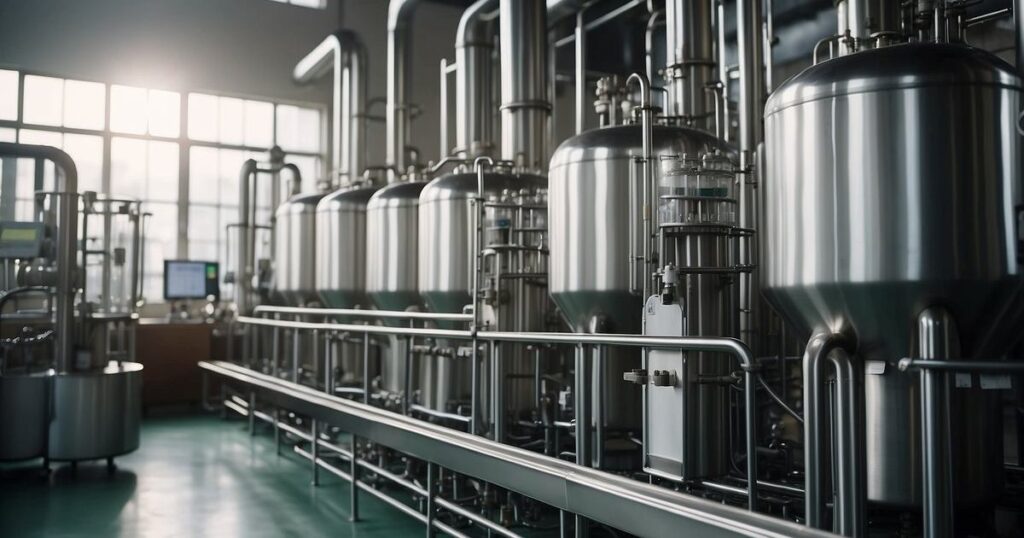
Beverage-grade CO2 has versatile uses in the food and beverage industry, and ongoing technological advancements ensure its application is both efficient and safe for consumption.
Food and Beverage Industry Uses
Your day-to-day sodas, beers, and sparkling waters rely heavily on food-grade carbon dioxide (CO2) for carbonation, which infuses these beverages with their characteristic fizz and effervescence. The quality of CO2 is paramount; thus, adhering to the U.S. Pharmacopeia (USP) and Food and Drug Administration (FDA) quality guidelines is essential for maintaining product quality and safety. Beyond carbonation, beverage-grade CO2 plays a crucial role in packaging—it’s used to displace oxygen to extend shelf life and prevent spoilage without affecting the sensory qualities of food and drinks.
Additionally, in the food sector, CO2 is utilised for refrigeration and cooling, particularly during processing, where its ability to maintain consistent pressure levels is vital. The gas is ideal for chilling as it is non-flammable and provides uniform temperature control, which is essential for regulatory compliance and safeguarding food quality during transport and storage.
Technological Advancements in CO2 Application
Recent innovations in the beverage industry have led to more precise methods of CO2 application. Technological integration includes using analytical techniques such as Gas Chromatography-Mass Spectrometry (GC-MS) to ensure the purity and safety of CO2 gas mixtures. Here are some technological aspects of CO2 application:
- Sampling and Purity: CO2 purity grades are determined through rigorous sampling and analytical methods, ensuring consistency and compliance with FDA regulations.
- Flow Rates and Pressure: Advancements in controlling flow rates and pressure levels in carbonation equipment allow for exact carbonation levels and uniform product quality across the beverage industry.
This technology-driven approach ensures that your favourite beverages taste great and meet strict health and safety standards.
Frequently Asked Questions
In this section, you’ll discover the essential roles that beverage-grade CO2 plays in the beverage industry, focusing on its applications beyond carbonation, such as ensuring beverage quality and extending product shelf life.
What are the specific requirements for CO2 purity in beverages?
For CO2 to be classified as beverage grade, it must be at least 99.9% pure. This high purity level is crucial to prevent contamination and maintain the taste and quality of beverages.
How does the use of CO2 enhance food preservation and packaging?
CO2 applications in packaging, particularly for food preservation, involve displacing oxygen to prevent oxidation and spoilage. This helps extend the shelf life of packaged foods and beverages by inhibiting the growth of bacteria and mould.
What distinguishes food-grade CO2 cartridges from other CO2 sources?
Food-grade CO2 cartridges are specifically designed for culinary and beverage use. They promise high purity and adherence to stringent food safety standards. Unlike industrial CO2 sources, which may contain impurities, food-grade cartridges ensure that the CO2 you use is safe for consumption.
What are the implications of using improper CO2 grades in food and beverage applications?
Using CO2 not meeting beverage purity standards can lead to health risks, spoilage, and an off-putting taste in your products. Using the appropriate grade to uphold safety, taste, and quality in the beverage industry is crucial.
Where can one obtain CO2 suitable for food and beverage purposes?
You can obtain beverage-grade CO2 from suppliers that offer food-safe certified gases. Also, ensure the supplier adheres to quality and safety standards that align with those required for beverage applications.
What are the safety considerations when handling beverage-grade CO2?
When dealing with beverage-grade CO2, safety precautions must include proper storage and handling to avoid high-pressure hazards and adequate ventilation to prevent CO2 accumulation, which can be harmful if inhaled in high concentrations.
